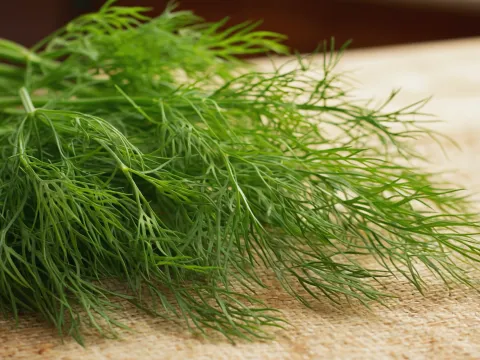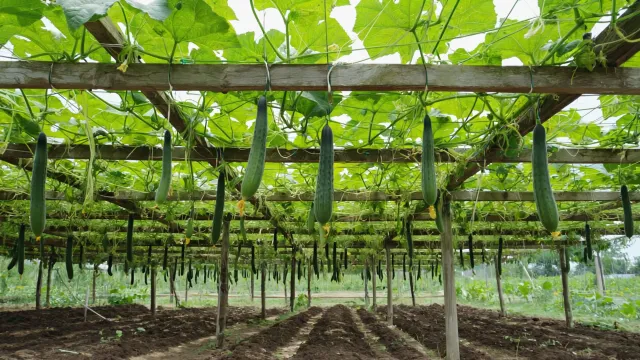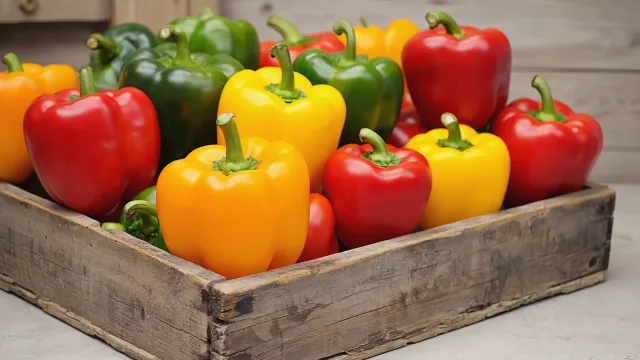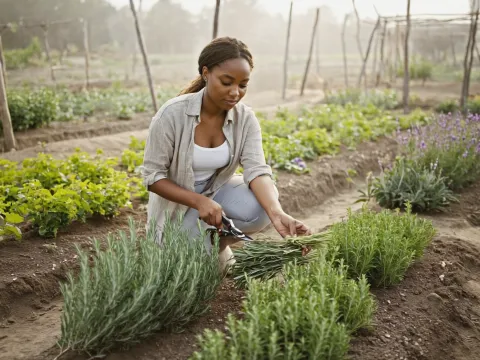Published on June 8, 2025
Last updated: June 8, 2025 · ⏱ 4 min read
A Beginner’s Guide to Growing Dill Indoors

The Benefits of Growing Dill Indoors
Growing dill indoors offers numerous advantages that can enhance your culinary experiences. This aromatic herb is not only a delightful addition to various dishes but also brings a fresh and vibrant element to your kitchen. By cultivating dill at home, you can enjoy the convenience of having this flavorful herb at your fingertips, ready to elevate your meals. Additionally, growing your own herbs promotes sustainability and reduces reliance on store-bought options, which may lack freshness and flavor.
Dill is known for its distinct taste, which pairs wonderfully with everything from fish to pickles. Its feathery, green leaves are rich in essential oils, imparting a unique aroma that can transform your cooking. Moreover, dill is a fast-growing herb, making it an excellent choice for indoor gardening. In just a few weeks, you can harvest fresh dill that adds an irresistible flavor to your dishes.
Choosing the Right Container for Indoor Dill
When it comes to growing dill indoors, selecting the right container is crucial for its growth. A pot or container should have a depth of at least six inches to accommodate the root system of the dill plant. Ensure that the container has adequate drainage holes at the bottom to prevent water from accumulating, which can lead to root rot.
You can use various types of containers, such as clay pots, plastic pots, or even repurposed containers. Just make sure they are clean and have not previously held any harmful chemicals. If you decide to use a repurposed container, be sure to add drainage holes if they are not already present. This will help maintain optimal moisture levels for your dill plants.
Selecting the Ideal Soil for Dill
The soil you choose plays a significant role in the successful growth of indoor dill. Opt for a well-draining potting mix that is rich in organic matter. A good quality potting soil will provide the necessary nutrients and moisture retention without becoming waterlogged. You can also mix in some perlite or vermiculite to enhance drainage.
Dill prefers slightly acidic to neutral soil pH, ideally between 6.0 and 7.0. Testing your soil’s pH can help ensure that it meets these requirements. If your soil is too acidic, you can add lime to raise the pH, while adding sulfur can help lower it if it’s too alkaline. Proper soil conditions will encourage healthy growth and robust flavor in your dill plants.
Providing the Right Light Conditions
Light is a fundamental factor in growing dill indoors. This herb thrives in bright, indirect sunlight. Ideally, you should place your dill container near a south-facing window where it can receive at least six hours of light each day. If natural light is limited, consider using grow lights to supplement the light your plants receive.
When using grow lights, position them about 6 to 12 inches above the plants and keep them on for about 12 to 16 hours a day. This will ensure that your dill receives adequate light for optimal growth. Regularly rotating your dill plants can also help them grow evenly and prevent them from leaning toward the light source.
Watering Your Indoor Dill
Watering is a crucial aspect of caring for indoor dill. This herb prefers consistent moisture but does not like to sit in water. It's essential to allow the top inch of soil to dry out between waterings. Overwatering can lead to root rot, while underwatering can cause the leaves to wilt and become dry.
To check if your dill needs water, stick your finger into the soil. If it feels dry at a depth of one inch, it’s time to water. When you do water, aim to soak the soil thoroughly until water drains out of the bottom of the pot. This practice encourages deep root growth and helps maintain healthy plants.
Fertilizing Your Dill Plants
Fertilizing your indoor dill is important for encouraging healthy growth and maximizing flavor. Since dill is a fast-growing herb, it benefits from regular feeding. Use a balanced, water-soluble fertilizer every four to six weeks during the growing season.
Dilute the fertilizer according to the package instructions, as too much fertilizer can lead to excessive leaf growth at the expense of flavor. Organic options, such as fish emulsion or compost tea, can also provide the necessary nutrients without the risk of chemical buildup in the soil.
Harvesting Your Indoor Dill
Knowing when and how to harvest your indoor dill is essential for enjoying its flavor while promoting continued growth. You can begin harvesting dill once the plants have reached a height of about 6 inches. To harvest, use sharp scissors or pruning shears to cut the fronds from the top, leaving at least two-thirds of the plant intact. This will allow the dill to continue growing and producing new leaves.
It’s best to harvest dill in the morning when the essential oils are most concentrated. You can use fresh dill immediately in your cooking or store it in the refrigerator for a few days. For longer storage, consider drying the dill or freezing it in ice cube trays with water for future use.
Common Pests and Diseases to Watch For
While growing dill indoors can be rewarding, it’s essential to keep an eye out for common pests and diseases that may affect your plants. Aphids and spider mites are two pests that can invade your indoor dill. Regularly inspecting your plants and removing any pests by hand can help prevent infestations. If the problem persists, consider using insecticidal soap or neem oil as a natural remedy.
Dill is also susceptible to fungal diseases, particularly if the environment is too humid or there is poor air circulation. Powdery mildew and damping-off are common issues that can stunt or kill young seedlings. To minimize the risk, avoid overwatering, ensure proper drainage, and keep the area well-ventilated. Water the base of the plant rather than the foliage to reduce moisture buildup on the leaves. Keeping your indoor garden clean and dry is key to maintaining healthy dill plants.

Written by Soufyan from GrowToGrub
Soufyan is a gardening educator and founder of GrowToGrub. Through simple guides, easy recipes, and practical life hacks, he helps everyday growers turn small spaces into sustainable, delicious, and chemical-free living.


